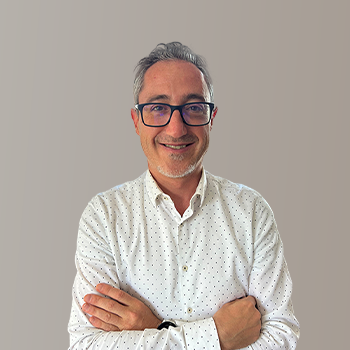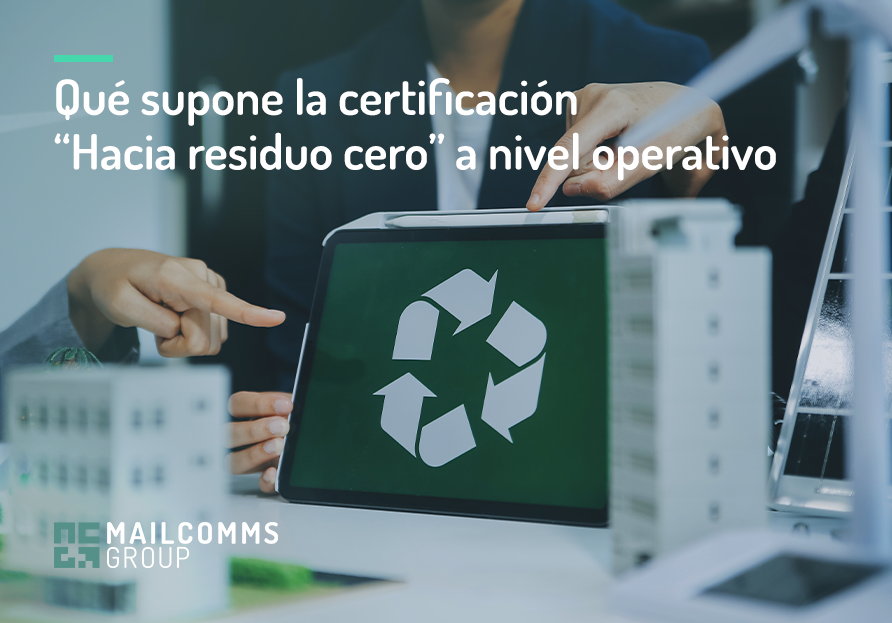
Towards Zero Waste Certification
 As we a few days ago in our blog, the Towards Zero Wastethe Towards Zero Waste certification is one of the most relevant in the environmental and sustainability field, for companies in all sectors. The main aspect to obtain it is that the company that wants it has to demonstrate, in a reliable way, that it recovers at least 60% of the waste it generates in its activity. That is to say, that it manages to recycle, reuse, or recover these wastes and that it does so on the basis of the provisions of the Waste Law 7/2022.
As we a few days ago in our blog, the Towards Zero Wastethe Towards Zero Waste certification is one of the most relevant in the environmental and sustainability field, for companies in all sectors. The main aspect to obtain it is that the company that wants it has to demonstrate, in a reliable way, that it recovers at least 60% of the waste it generates in its activity. That is to say, that it manages to recycle, reuse, or recover these wastes and that it does so on the basis of the provisions of the Waste Law 7/2022.
The company can exceed this target on its own or, as is the case in the vast majority of cases, through controlled and continuously audited suppliers and managers. To put it very simply, the aim is to ensure that as little as possible reaches landfills. And the continuous improvement part of Towards Zero Waste does not end with its achievement. The challenge is to progress to recover 90% of the waste or more and thus say that the certification has become, simply, Zero Waste (without “towards”) and that the positive impact on the planet is even greater.
In our case, the audit that led to obtaining this certification has established that we recover 86% of the waste we produce on a daily basis. This is a very good figure to start with and close to the ambitious 90 %. And it is also a very interesting goal for the companies we collaborate with. As a sustainable supplier that we are, by working with companies to advance their digital transformation we also contribute to achieving their environmental goals. Sometimes, the fact that we care about taking care of the planet is an obligation that we have to fulfill in order to qualify for certain projects. Although there is more, the Towards Zero Waste certification is a very powerful indicator that we do so.
What is required of printing suppliers to obtain this certification?
Like companies in other sectors, suppliers in the printing sector must demonstrate that at least 60 % of their waste is adequately recovered, i.e. as required by law, in order to obtain Zero Waste certification.
In this sector, the circular economy achieves high levels of efficiency, as paper and cardboard are two of the materials that are recycled in the highest percentages. two of the materials that are recycled at a higher rate (74 % and 83 % respectively). (74 % and 83 % respectively).
For the paper industry, using waste paper and cardboard as raw material brings significant savings in terms of raw material (obtaining wood from forests), energy use (from the production of paper pulp from wood) and water use (from the production of paper pulp). All this environmental value is passed directly to the companies that use their products (or the small consumers), who want to use their products, but make sure that in doing so they do not harm the planet.
In any case, the printing sector has been working for decades to apply the highest levels of sustainability in its day-to-day business and this is demonstrated, for example, by the awareness of consumers and companies to separate this waste when disposing of it in the containers provided.
Towards Zero Waste certification for MailComms Group
Thanks to the work carried out in the phase prior to obtaining this certification, at Mailcomms Group we have a very precise map of our waste and also the ability to document its final destination in different recycling or recovery treatments.
To achieve this, we have implemented waste tracking and management processes throughout its supply chain and established partnerships with specialized waste managers. In addition, we will undergo third-party audits on an annual basis to monitor that everything is working properly and to find ways to optimize.
On the other hand, the analysis we have carried out has provided us with a lot of information regarding the participation of our waste in the supply chain, as by-products or raw materials. As part of this accreditation, we have also optimized our document management operations and everything related to the traceability of our materials.
All this can be translated as a positive impact that, after obtaining the certification, is transferred from our activity to the rest of society, mainly in two ways.
The first, and most extensive, is based on the capacity to generate by-products, raw materials or energy from waste that would otherwise end up in landfills, facilities that cause high economic, environmental and social rejection costs. This is circular economy.
On the other hand, and in a more direct way, we contribute to the environmental goals of the companies for which we execute projects. This collaboration is, in the end, beneficial for the entire planet.
86 % of our recovered waste
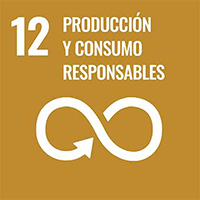 In practice, this meansinvesting more and more effort every day to ensure that most of our waste is actually recycled and choosing the right waste managers to provide us with reliable traceability of what has happened to the waste.
In practice, this meansinvesting more and more effort every day to ensure that most of our waste is actually recycled and choosing the right waste managers to provide us with reliable traceability of what has happened to the waste.
And thanks to all this, the Toward Zero Waste certification seriously demonstrates our contribution to the circular economy in terms of operations with physical products at our MailTecK plant in Leganés (Madrid). In other words, pure SDG 12 (Sustainable Consumption and Production), which has among its goals that of ensuring the long-term sustainability of the consumption of natural resources.
Opportunities identified through this certification
As we said at the beginning of the text, Towards Zero Waste certification can also be understood as a way of detecting lines of improvement and opportunities to work on in order to optimize our activity.
After the analysis and obtaining the certification, we have set to work to reduce, in collaboration with several managers and operators, the amount of waste in intermediate operations, i.e. those that are not accepted as recycling operations under the Zero Waste label. For example:
- We have signed a collaboration agreement with the Tragatoner platform of the company Ecofimática (a platform promoted by the main printing toner manufacturers) to guarantee recycling of 96% of the toners we use.
- We have changed the processing technology of Offset Printing plates avoiding the generation of more than 2 Tons/year of waste.
These actions are positive for the industry and for society, being a clear example of innovation and partnerships to achieve sustainability, one of the European Union’s Sustainable Development Goals (SDG 9 and 17).
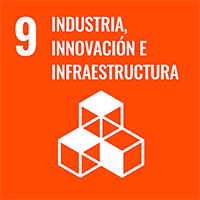
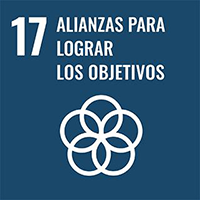
In addition, we have identified some major difficulties. If we had to highlight two points, they would be: the need to work with operators that offer us full traceability of waste management, not only intermediate; and the importance of establishing partnerships with subsequent managers that provide us with information on the final destination of our waste since, as we do not have a contractual relationship with them, we cannot force them to certify it for us.
